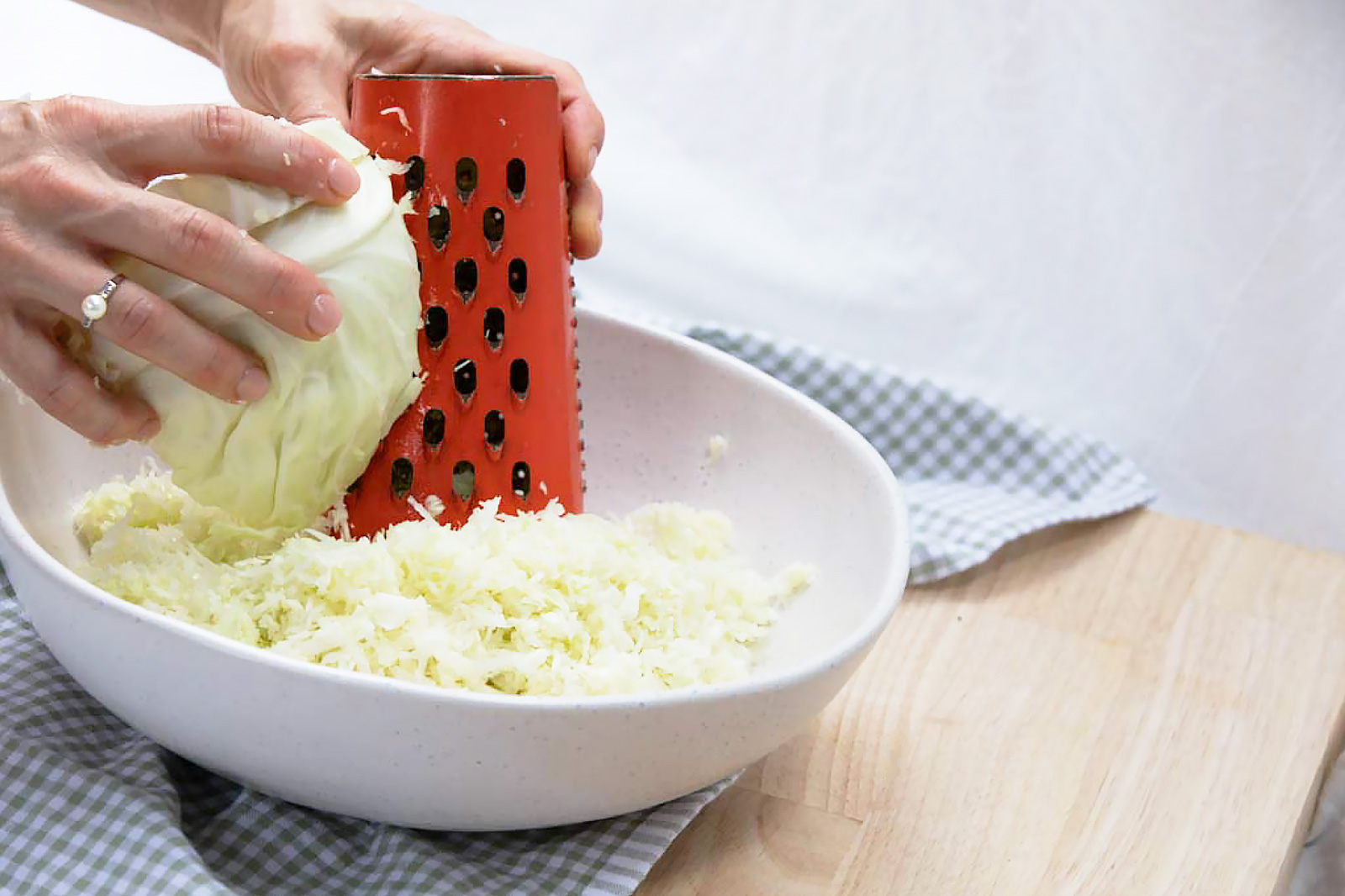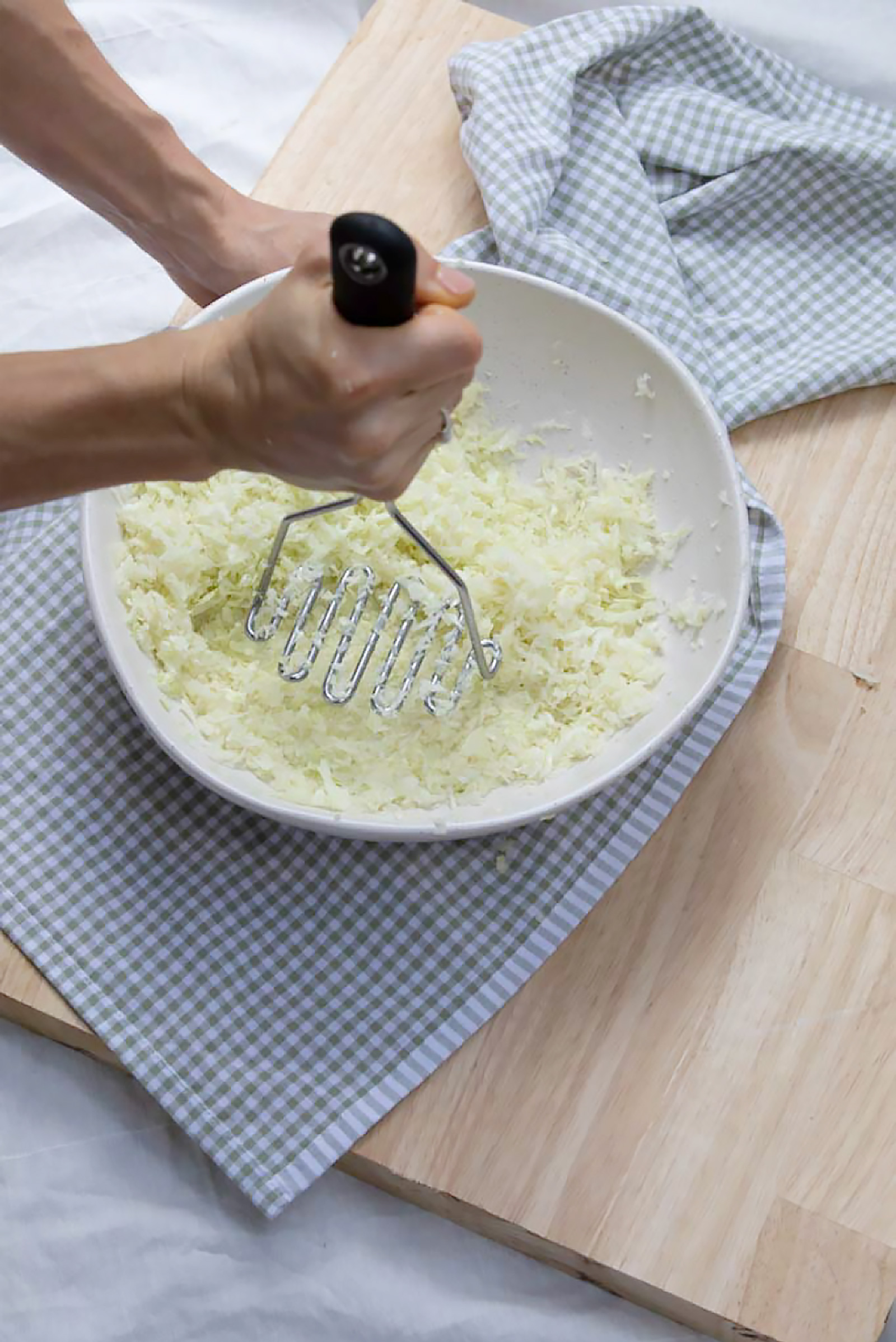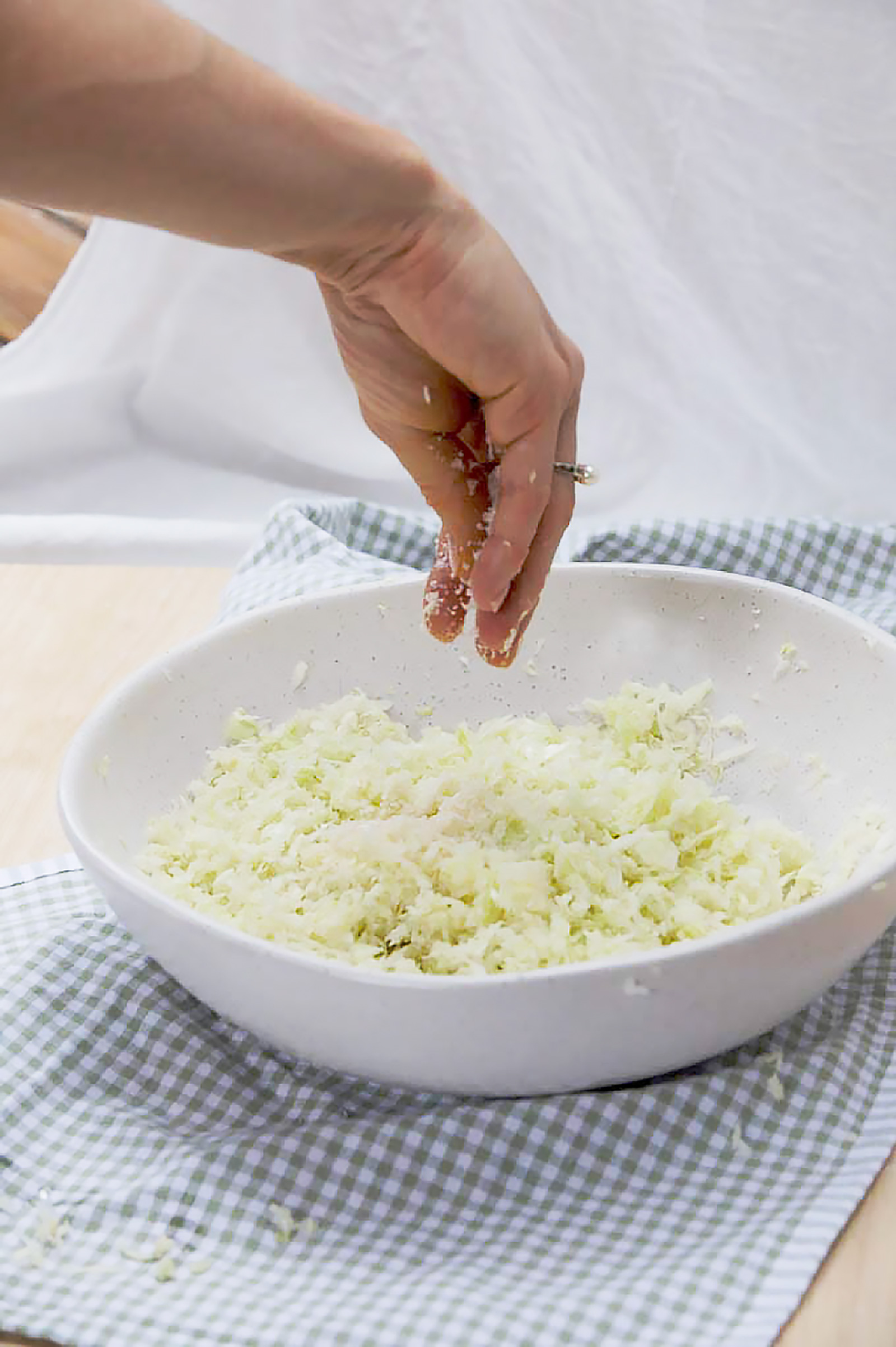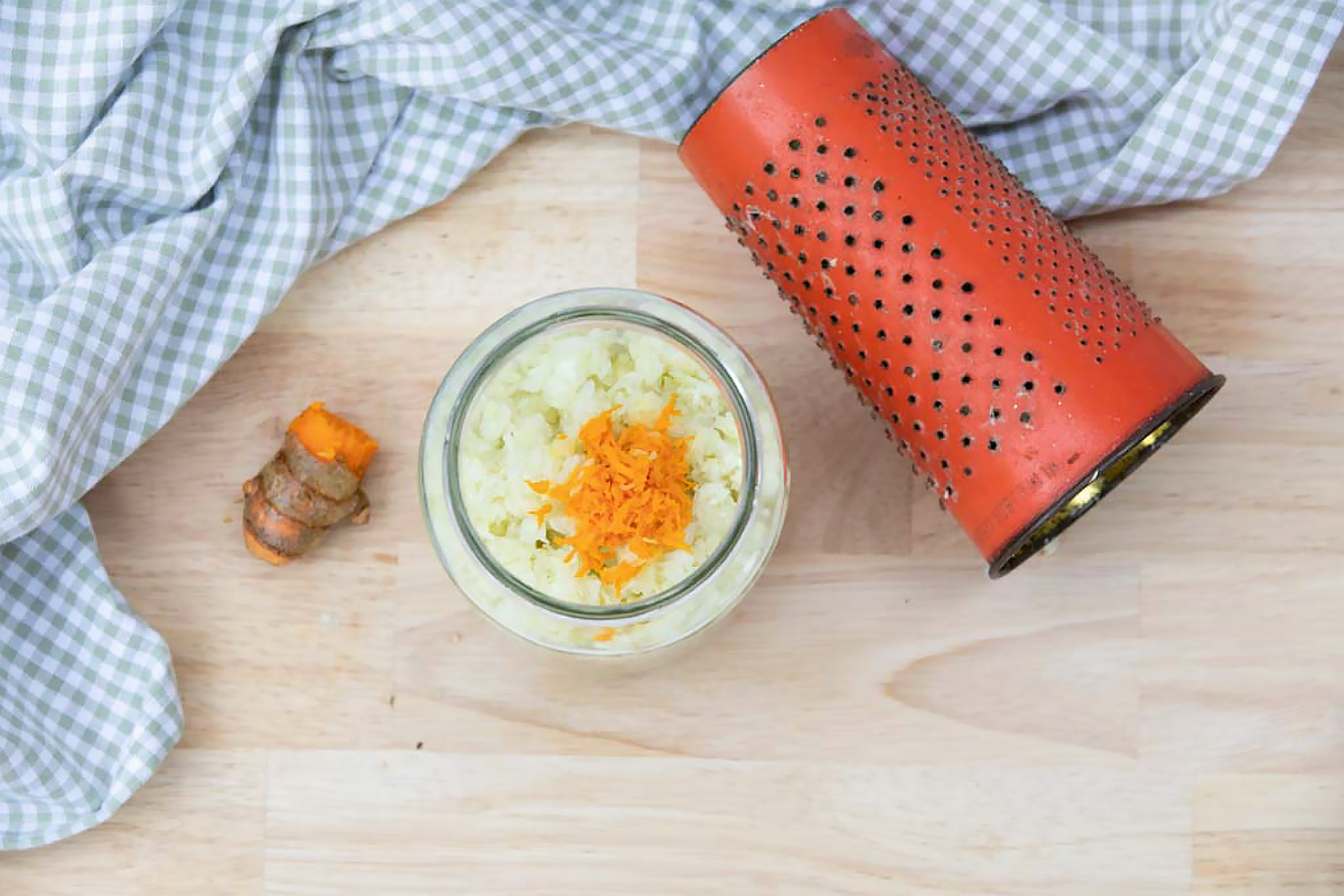Sauerkraut
I remember my mother telling me about her winters as a child, where there were no fresh vegetables available and all the summer and autumn vegetables were pickled and fermented. Sauerkraut, is one of the most common and oldest forms of preserving cabbage and can be traced back as a food source all the way back to the 4th century BC. (1)
Fermentation entails carbohydrates being turned into their alcohols and carbon dioxide, or organic acids. The presence of yeast, bacteria or both will convert the natural sugars into beneficial bacteria that populate your gut environment. The beneficial bacteria in fermented foods such as sauerkraut have a very positive effect on your intestinal flora which has a direct effect on organs, glands and bodily systems. As a large number of immune cells are located in the intestines, its microbial balance will be reflected in a more resilient immune system. (2)
Sauerkraut contains a large quantity of lactic acid and tyramines, as well as vitamins and minerals, and has few calories. Bacterial fermentation produces weak organic acids such as lactic, propionic and butyric acid that decreases the pH of the food, increasing the acidity of the food. This acidifying property of fermentation has been used to eradicate pathogenic bacteria and keep food for longer in shelf. Tyramine is an amino acid that helps regulate blood pressure and is a monoamine that works by releasing other neurotransmitters like adrenaline, noradrenaline and dopamine into the body. (3)
Based on a review article from the Journal of Applied Microbiology (2006) (4), the list of benefits related to the consumption of fermented foods is long:
Overall improvement in digestive health
Stronger immunity
Decrease in inflammation
Increased digestion and absorption of nutrients
Prevention and treatment of IBS
Mental health
Resilience to stress
Decreased food sensitivities and food allergies
Improvement in skin conditions such as eczema or dermatitis
Management of blood pressure
Improved vaginal health (e.g. less vaginal thrush)
Reduced cancer risks
Improved lipid health
Ingredients
1 medium white or purple cabbage
2 tablespoons of sea salt
1 tablespoon of caraway seeds
½ tsp of fresh, peeled and grated turmeric root
2-3 juniper berries (optional)
Method
Core and shred cabbage.
In a bowl, mix cabbage with salt.
Pound with a wooden pounder or massage the cabbage with your hands for about 10 minutes to release juices.
Add the peeled and grated turmeric root, caraway seeds and juniper berries and mix through the cabbage.
Put the cabbage into a quart size, wide mouth mason jar or glass jar and press down firmly with pounder or both fists until juices come to the top of the cabbage.
Top with a quartered onion to fit inside the container, weighing it down. The top of the cabbage should be at least 1 inch below the top of the jar.
Cover with a lid and keep in a cool spot overnight. Keep checking if the sauerkraut is completely submerged in its juices and skim off any scum that may form on the surfaces for the first 2 weeks. Let the sauerkraut stand un-refrigerated for at least 4 weeks before transferring into an airtight container in the refrigerator and storing it for up to 5 months.
Sauerkraut can be eaten immediately but the flavor, as well as probiotic qualities and benefits develop and improve with age.








